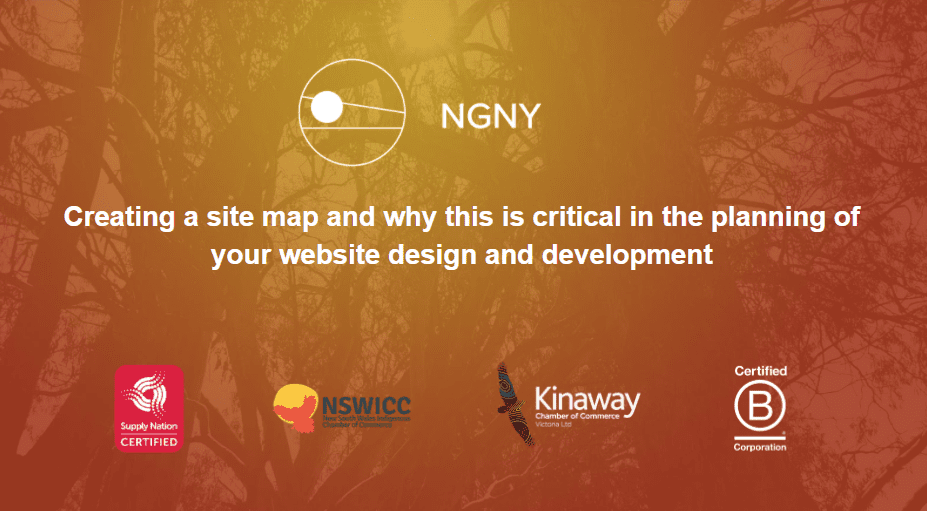
The site mapping phase of a website project is a strategic process that if done correctly, will set the tone for your entire website.It is a hierarchical listing of a website’s pages, that includes details regarding the page intent, content and functionality. A sitemap that is constructed with clear goals could be the driving factor to a website’s success, providing a vital link between your pages and search engine and nurturing the user experience which is vital to the website’s conversion process. Sitemaps are not a novelty and have long since been part of best web design practices. Hence, it necessarily follows that you should structure your site map as accurately as possible.
A well-structured sitemap will make your website searchable by all search engines, offering users with more accurate search results when they are looking for keywords that are associated with the content you can provide. A sitemap can help you clarify what your site’s goals are before you start designing or creating content. By deciding exactly what you want from your site and then mapping it out, you can ensure that every part of your website is reinforcing your goals. Then it’s possible to cut parts that aren’t directly tied to the site’s purpose before they become an integral part of the site’s architecture.
How to Create a Sitemap
Consider the following steps in creating a sitemap whether you are building a new website or revamping the old one.
- Audit your existing sitemap.
If you have an existing website, you can do auditing to gain a better understanding of what is working well and what is not working well. It helps you to determine the value of pages and how they are built. Lastly, auditing your existing website will show you exactly where pages are linking to, what pages are driving the most traffic, and how targeted keywords can improve your search rankings. This will lead you to make informed decisions when it comes to building your new website.
- Define your goals.
It is important to set your goals as early as possible. Take into consideration the information,action items and the means by which your visitors can reach you. This will serve as a system and will be your guiding force.
- Incorporate user experience.
This is a critical step in the process because creating an effective buyer’s journey will determine whether or not you reach your goal. Identify your primary and secondary customers. What are their needs? Why would they be on your website? What will get them to convert? Perhaps you have several users on your website. Create a path for each visitor and define a flow that prevents redundant pages.
- Decide on your site’s architecture.
Now that you know who your customers are, it is time to start to consider the architecture of your website. This will define the structure and correlation between all areas and pages on a website. It will also take into consideration how your website visitors will navigate their way from page to page. Based on the goal that you set previously, decide what is the most effective and efficient way for a visitor to reach that goal. Put yourself in the shoes of your visitors, and gain a full perspective of what makes the most sense as they make their way through your website.
- Define the page and content relationships.
The flow from one page to another defines the page and the content that should be included on your website. You will rank well with search engines such as Google and Bing if your website is well-organised and does not contain duplicate content. Both user experience and search engine accessibility play a critical role in developing a successful website. When you create a website sitemap, it is the same as having house plans before building a home. You must know how everything will fit into place in order to prevent it from falling down around you.




